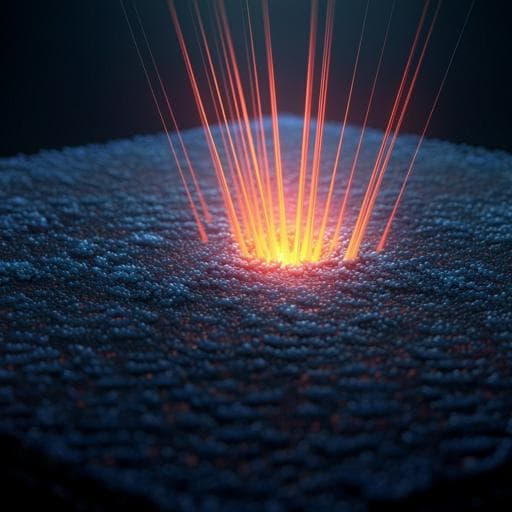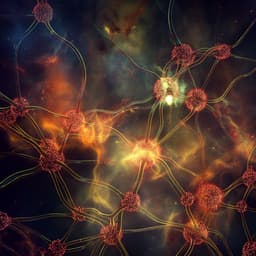
Physics
Unravelling the secrets of the resistance of GaN to strongly ionising radiation
M. C. Sequeira, J. Mattei, et al.
Discover how GaN, a cutting-edge material for radiation-hard technologies, demonstrates remarkable resistance to strongly ionizing radiation in an exciting study conducted by Miguel C. Sequeira and colleagues. Their innovative use of swift heavy ions and atomistic simulations reveals a crucial recrystallization effect that enhances the durability of GaN. Join us in exploring the implications for future radiation-resistant devices!
~3 min • Beginner • English
Related Publications
Explore these studies to deepen your understanding of the subject.







